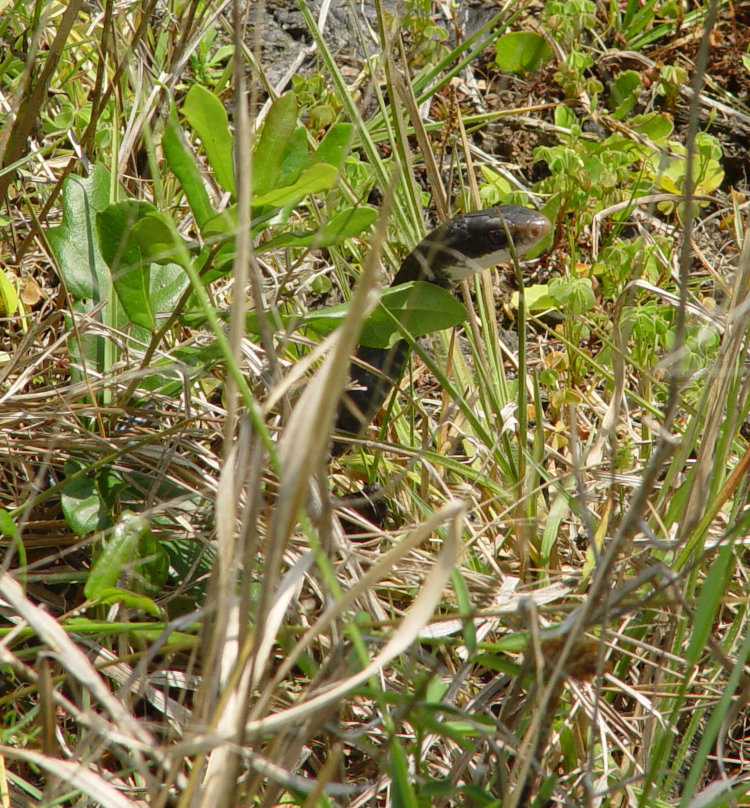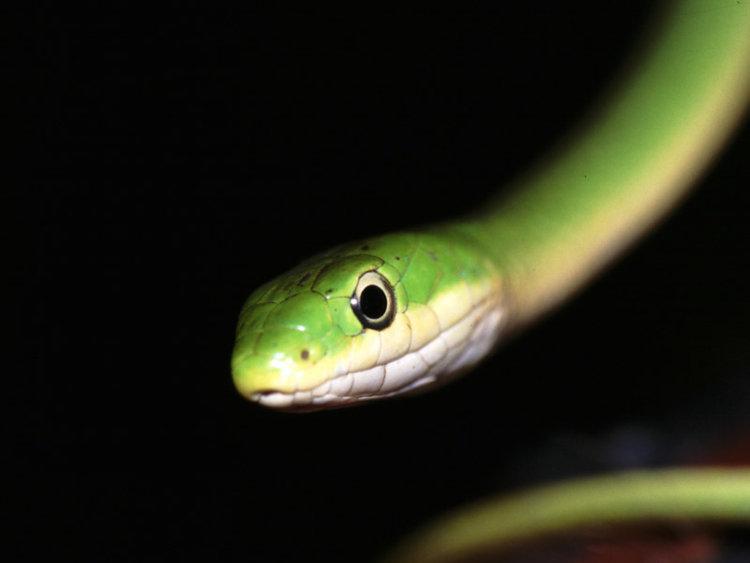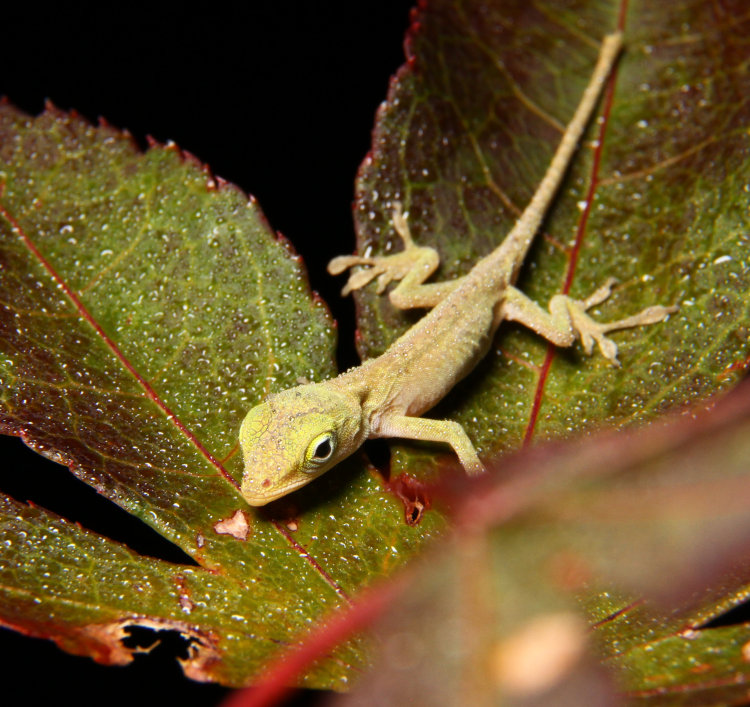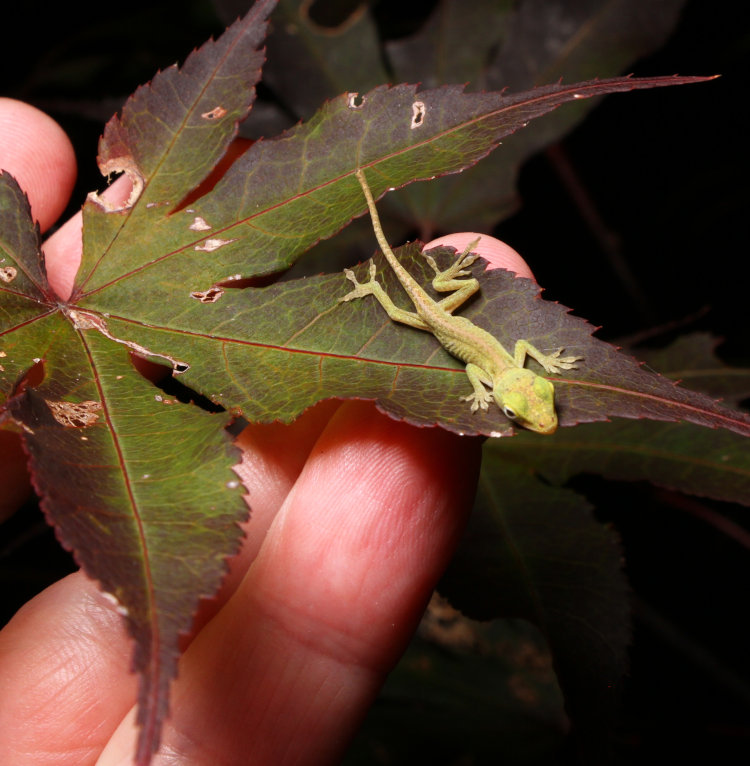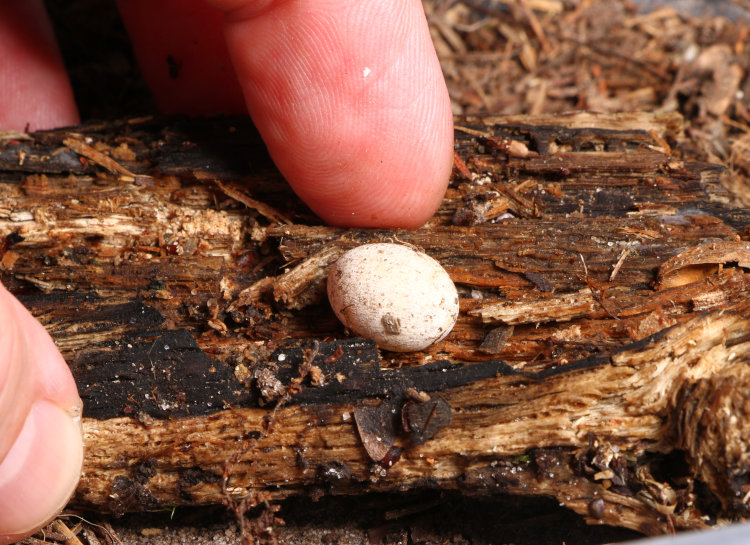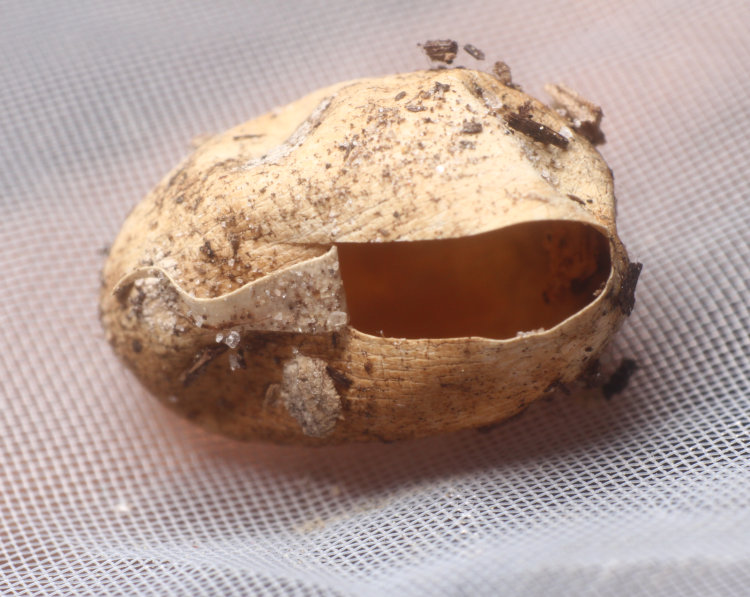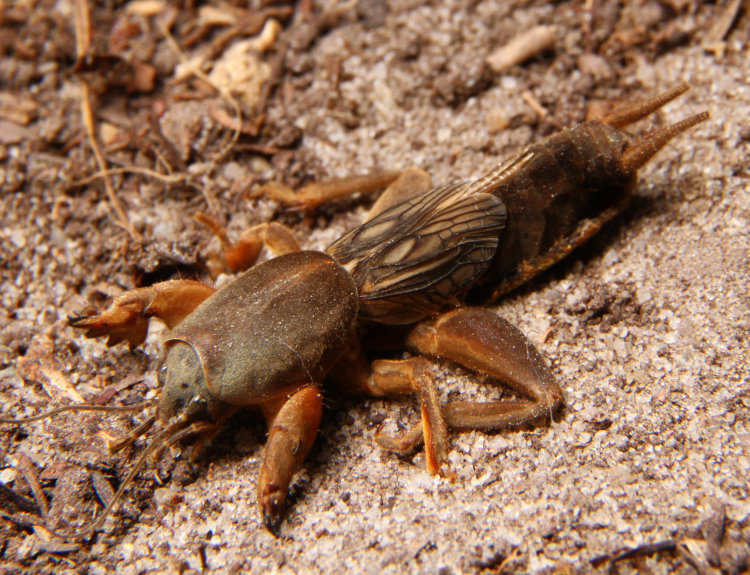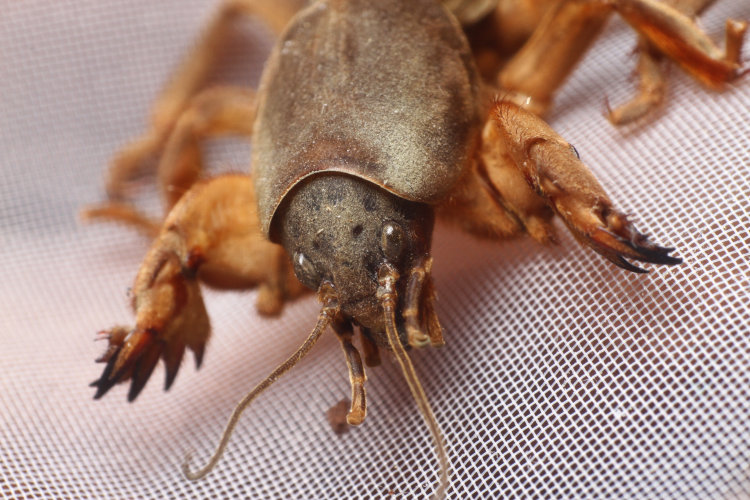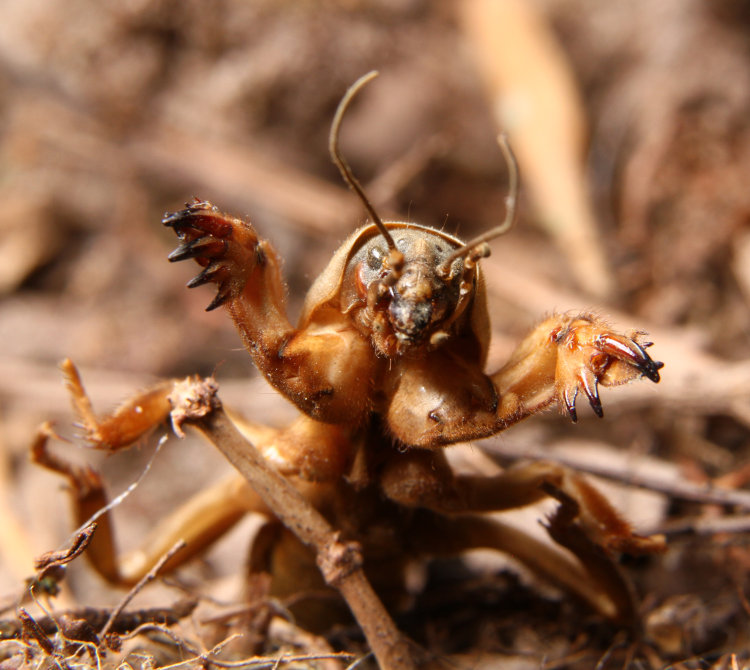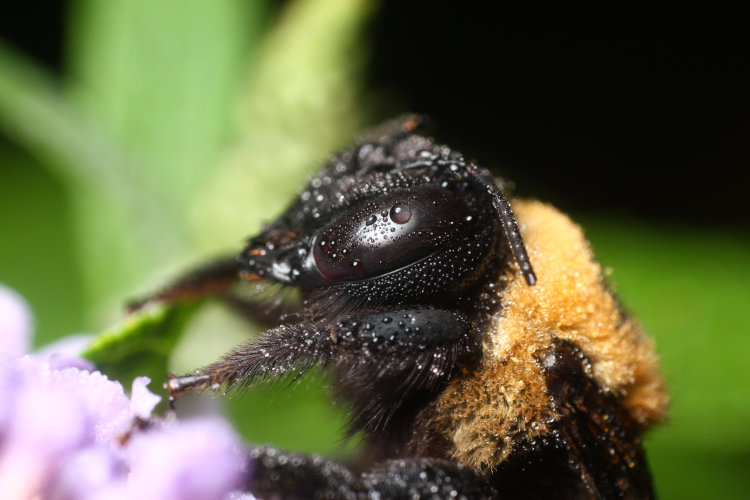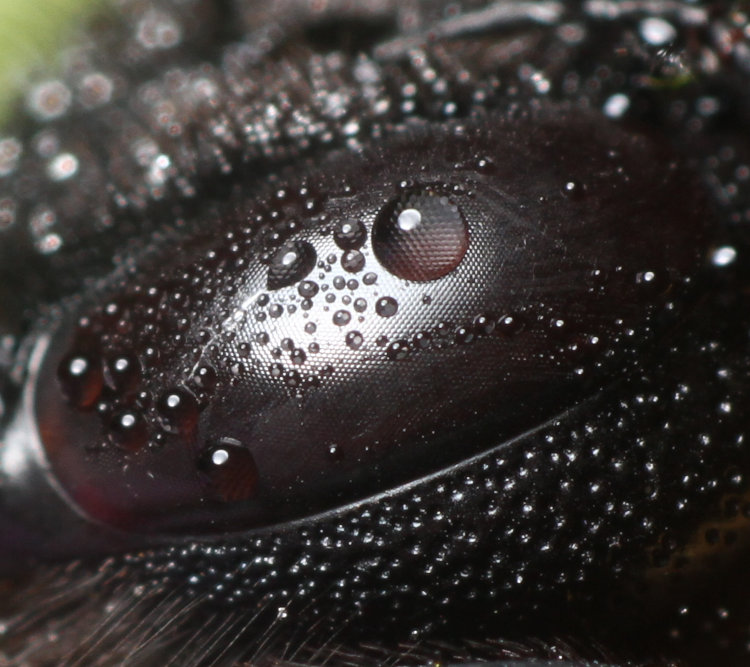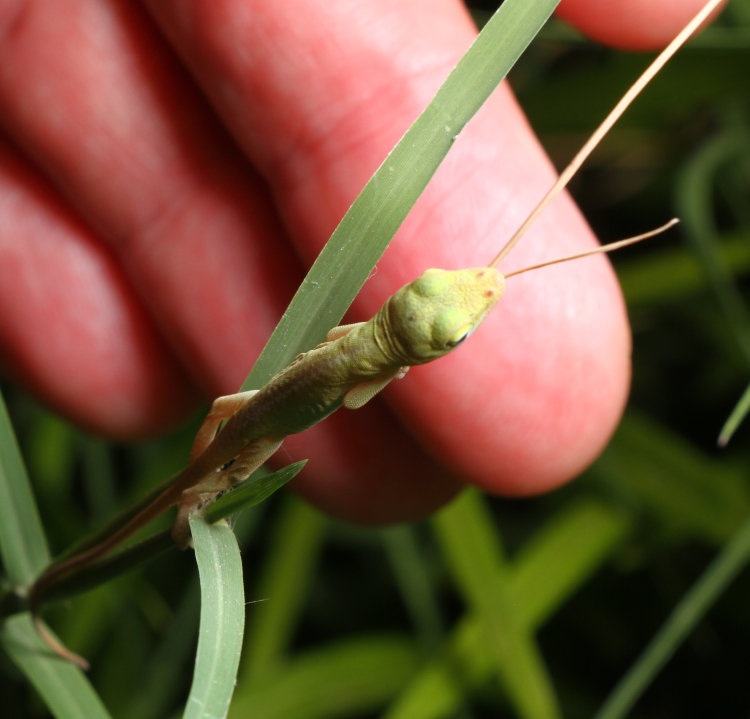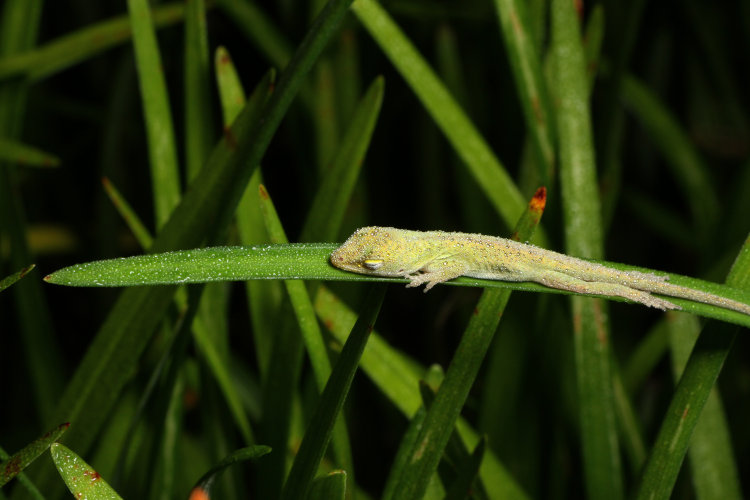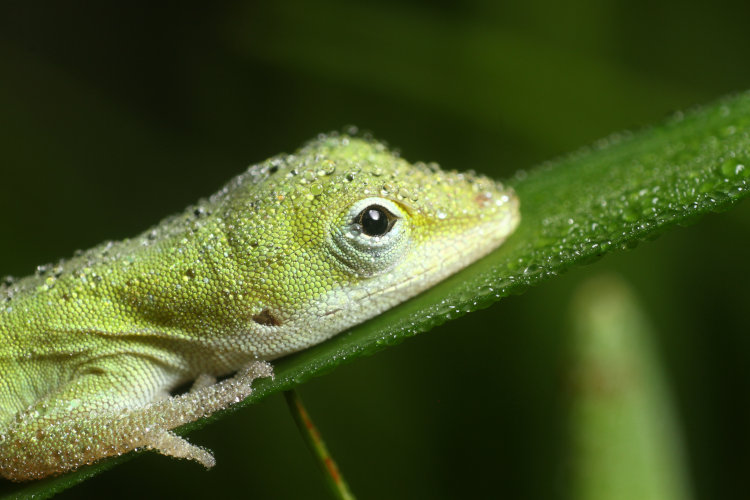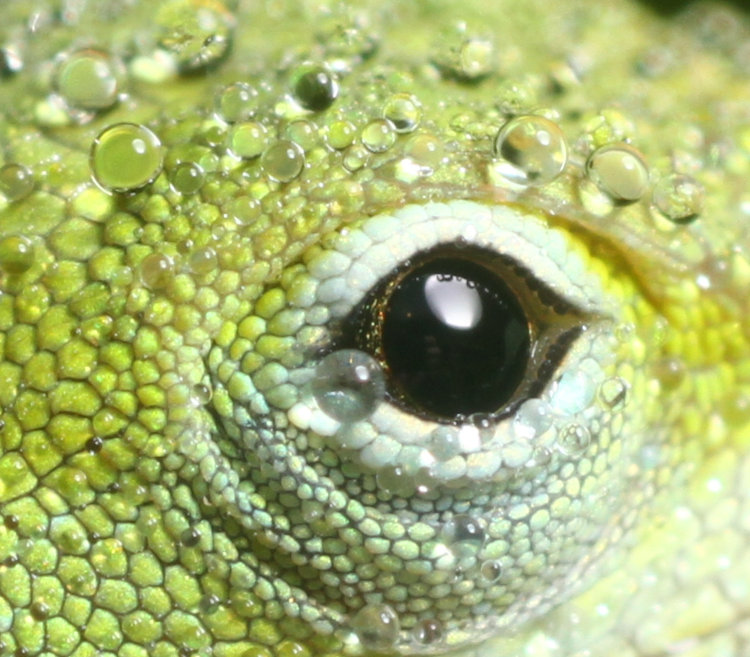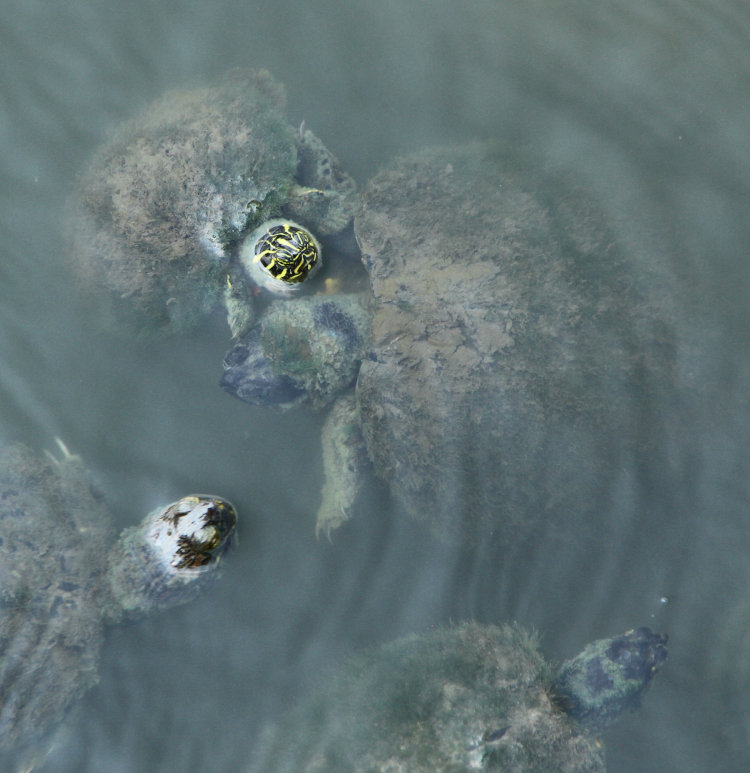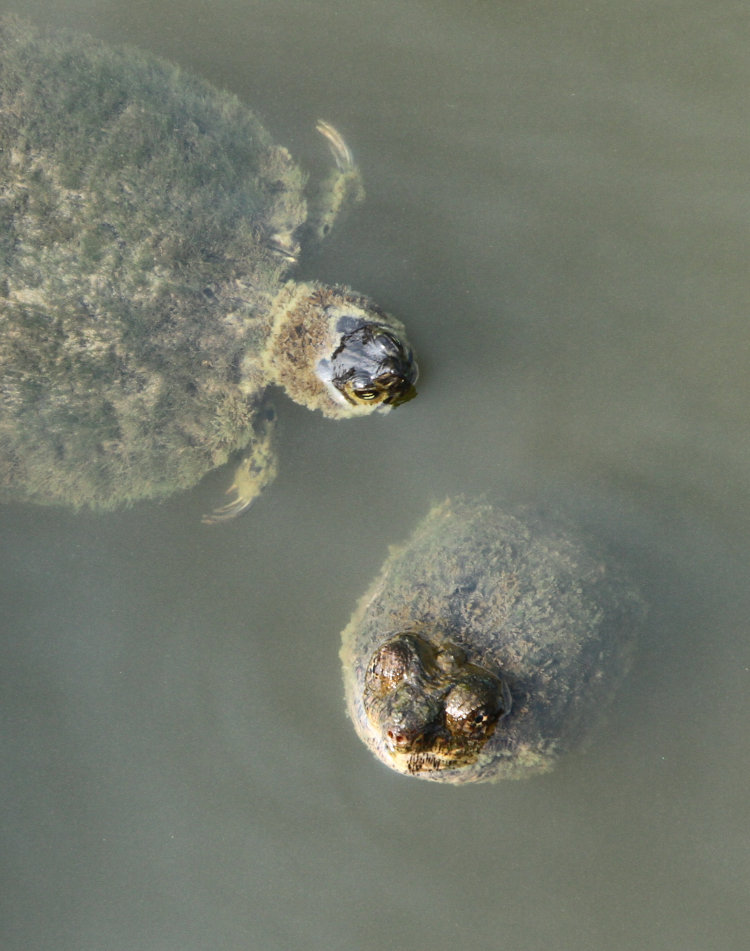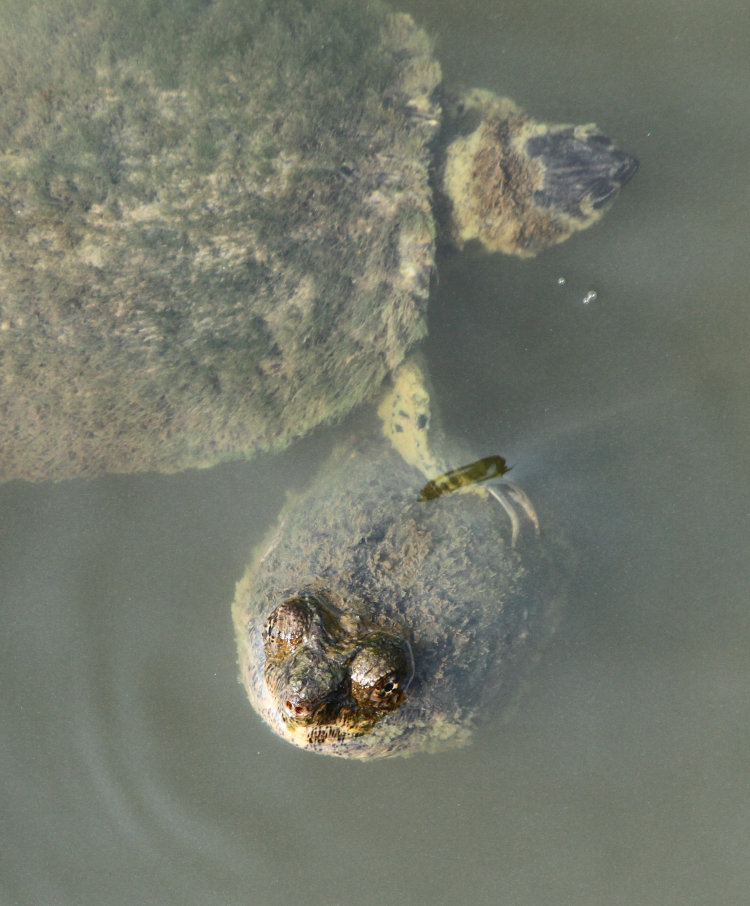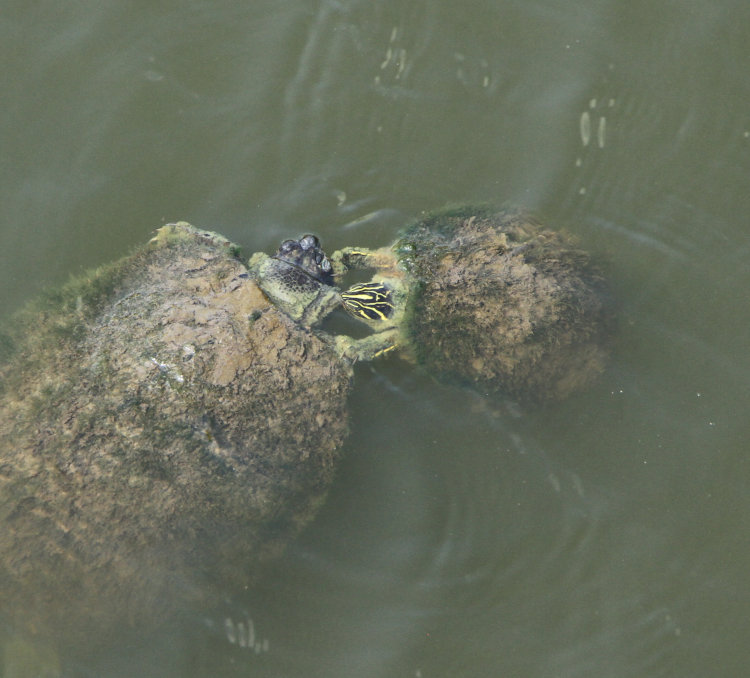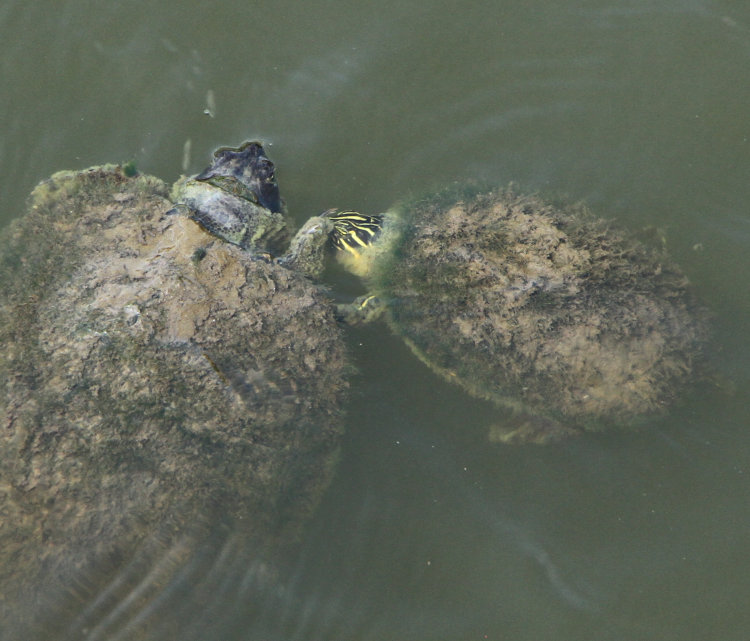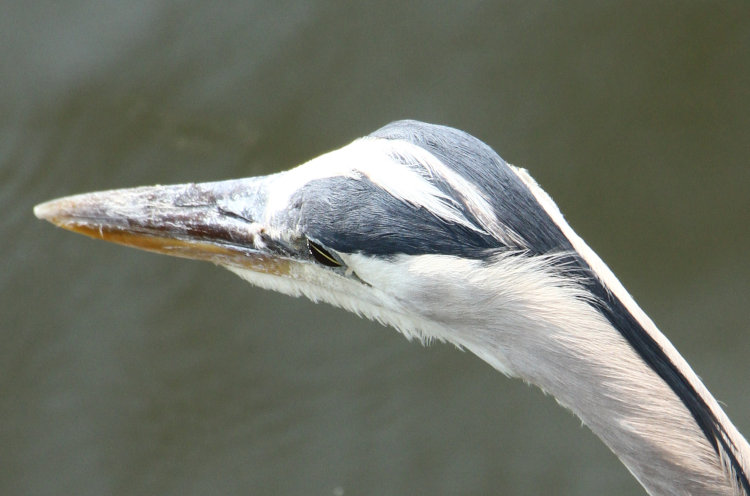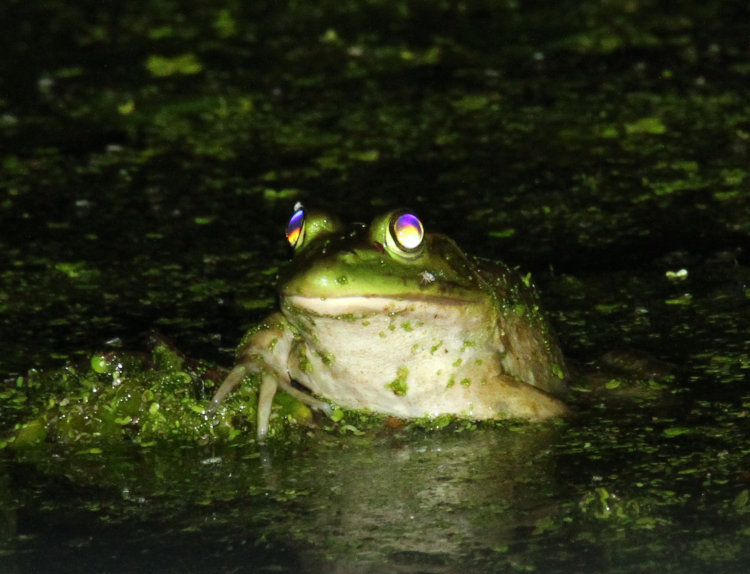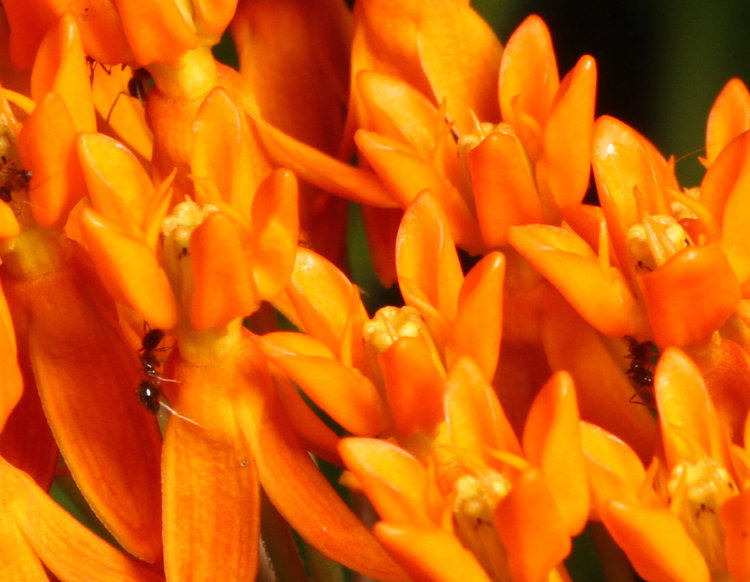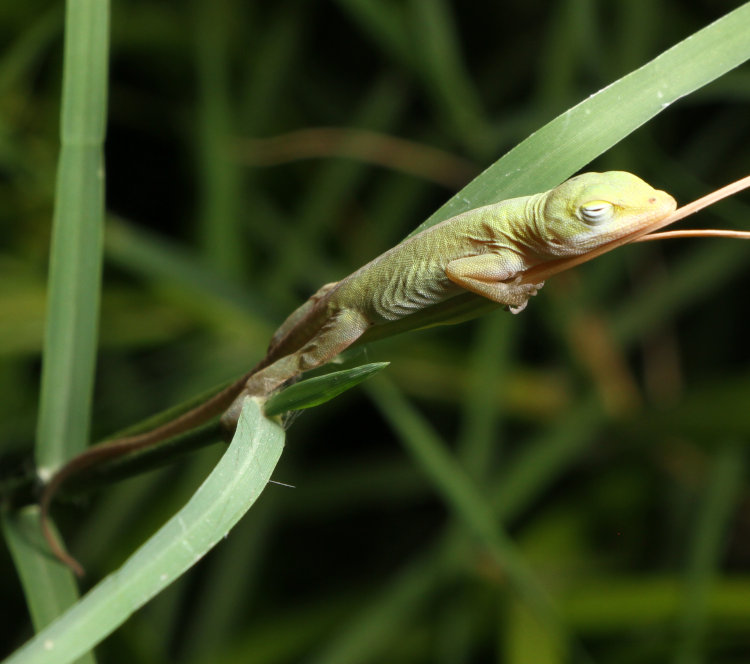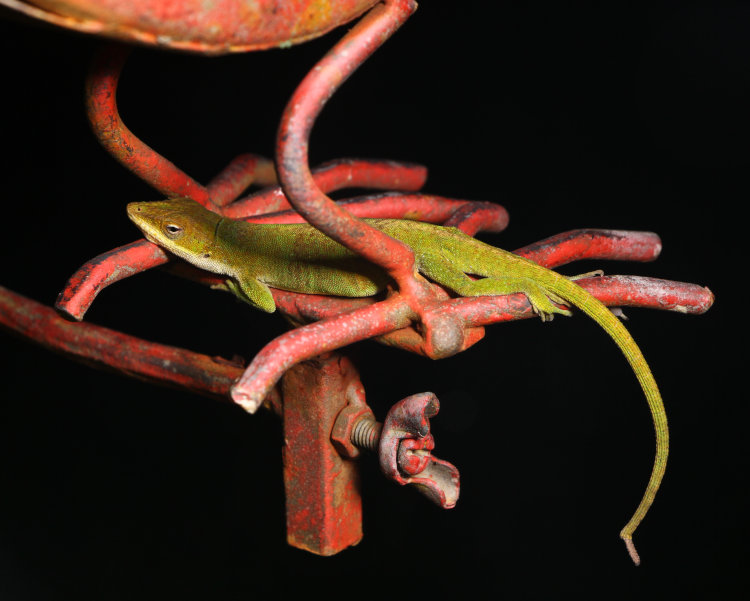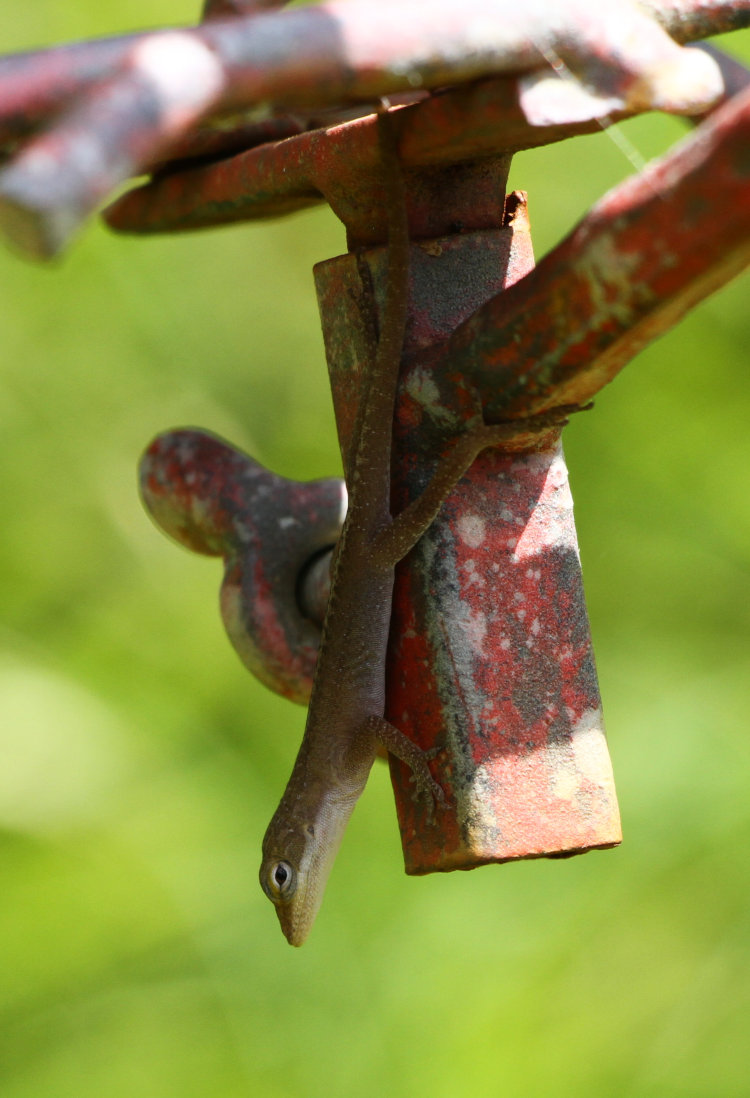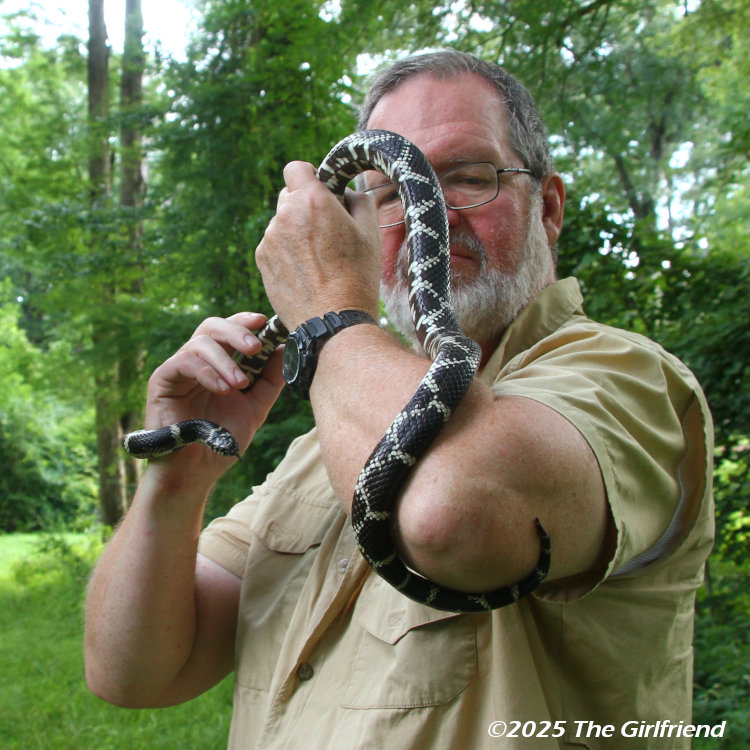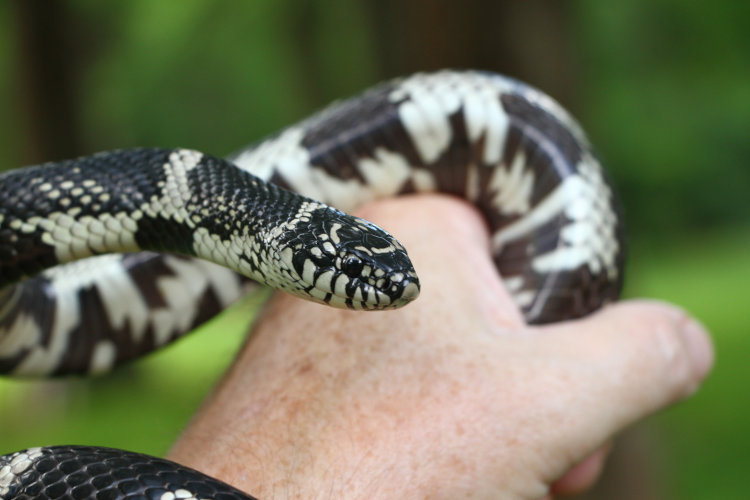I was hoping to have a specific subject for this one, as we pass the halfway mark, but so far no luck – the vagaries of nature and all that. So this is kind of a fallback, with not very good images, but I’m doubling down on it so there’s that.
Just three weeks back we featured a golden silk orbweaver (Trichonephila clavipes,) not a large specimen yet one of many that had exploded on the property, and now we have a small followup.
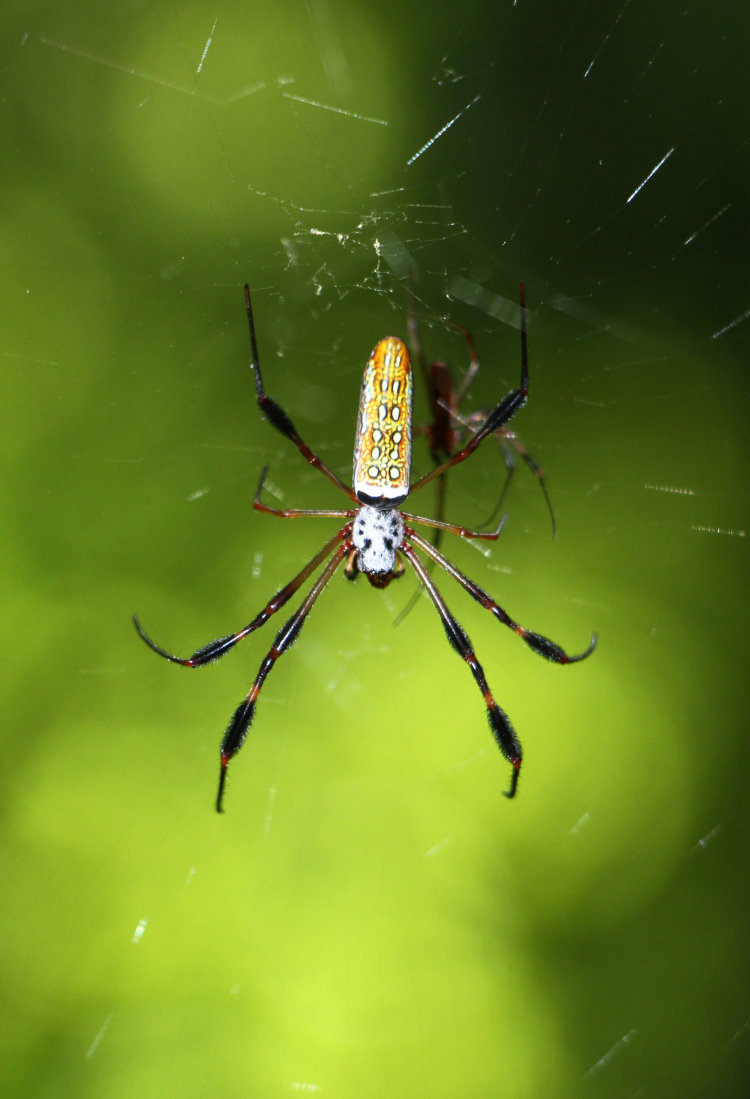
Now roughly twice the length as what I photographed three weeks back, this one had company in the web with it, specifically a male suitor. I was having a devil of a time getting sharp pics and unfortunately cannot go back and reshoot them, for reasons soon to be revealed, nor did I even have the macro rig in hand. So I did the down-and-dirty trick of popping the on-camera flash, which tried desperately to overexpose the very close subject, and tempered the light by blocking half of the flash head with my finger. Still a tad high, but serviceable.
Then I flipped the camera the other way around, so the flash head was oriented to the right instead of the left, and focused on the male:
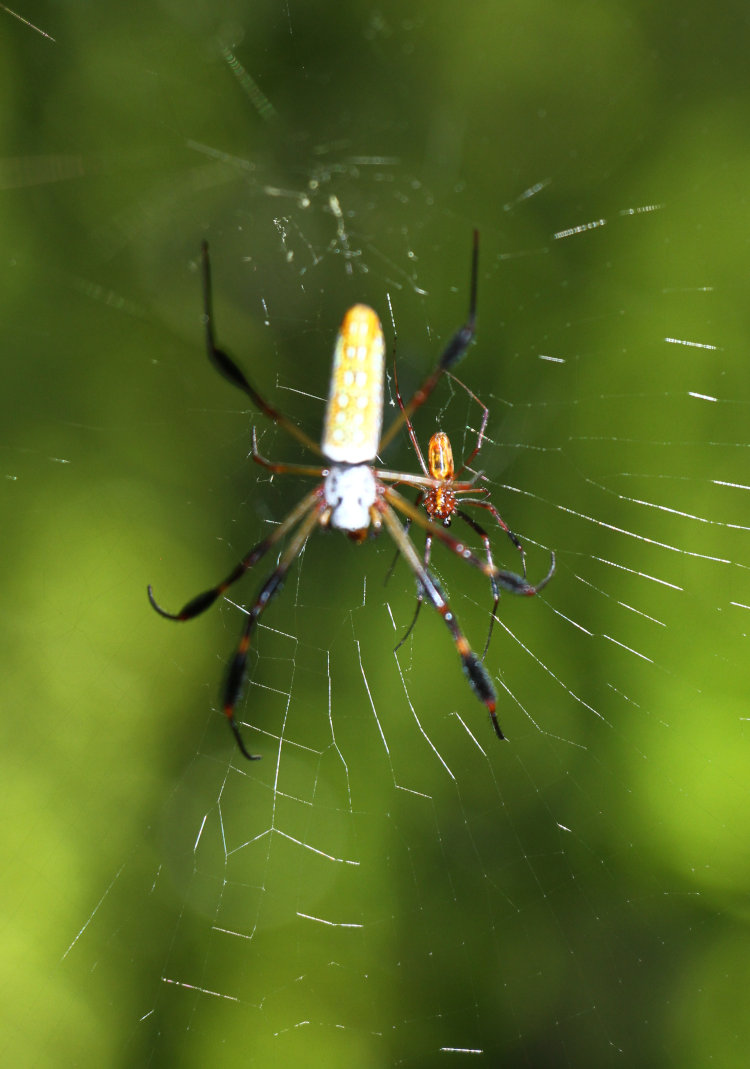
This is probably as large as the males ever get, while the female will exceed this by a large margin – at least twice this in linear measurements, so four times the mass or more (this is why measurements like “twice as big” are next to meaningless.) While this was going on, there were small twitches from both parties, but that may have only been from my presence and occasional bumping of the lower web. Actual mating was not in evidence, though I wasn’t observing for very long.

The light was much better from this side, though for some reason this was the sharpest frame that I achieved, which is pathetic; it only serves to show the male’s coloration and little more.
As I said, I couldn’t/can’t go back and reshoot these, because the web is no longer there, by my own hand. She had strung it directly across the path that we take to go out onto the island, and I was fine with ducking underneath – she’d provided enough room for that – until we had to lug a ladder and a kayak along that path, and avoiding the web was more effort than it was worth.
Why were we hauling these down the path? Because the wood duck nest box had fallen.
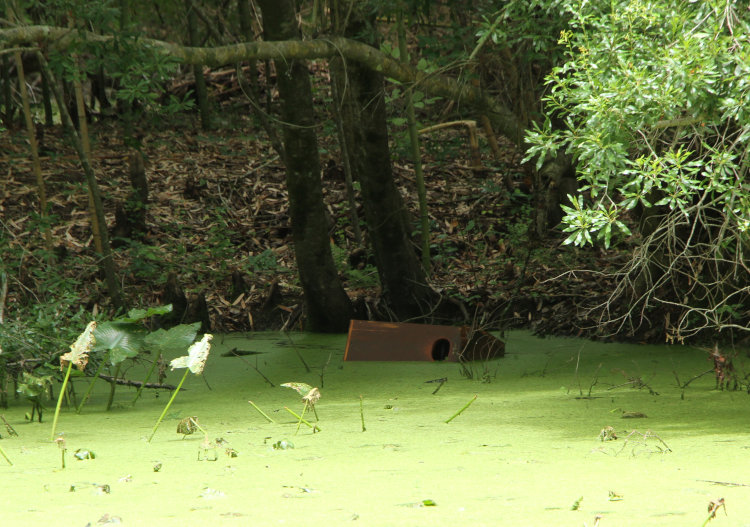
This was taken the day after that previous golden silk orbweaver post, so three weeks ago, right before we dropped the kayak in the pond and I paddled/thrashed over there to get it. The stalks of the yellow cow lilies were still pretty evident and so the kayak wasn’t gliding very well, almost having to be pushed through the weeds in places, but fishing the nest box out was fairly easy, and this was well after any ducks should have been occupying it, for which we were grateful. Once back, we could examine it for the failure that caused it to fall.
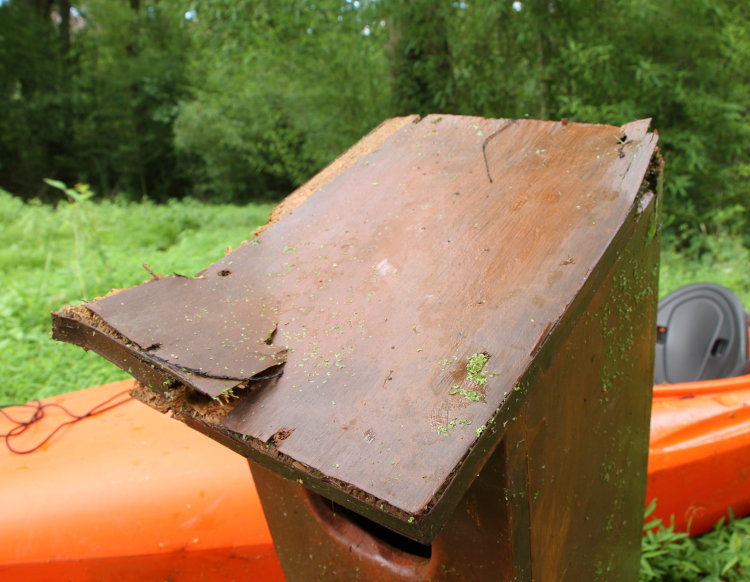
As I said back when it was constructed, we couldn’t find the boards we wanted in the sizes necessary, anywhere, and so it was constructed out of what we had on hand, old shelf boards. Despite coating it heavily with watersealing stain, the ‘wood’ (what I took to be pine, but this looks a hell of a lot more like particleboard) wasn’t up to the job and degraded rapidly, allowing the cable that it hung from to simply rip through the holes drilled through the roof panel. Luckily, however, the remainder of the box seems perfectly solid. And yes, we did have a look inside.
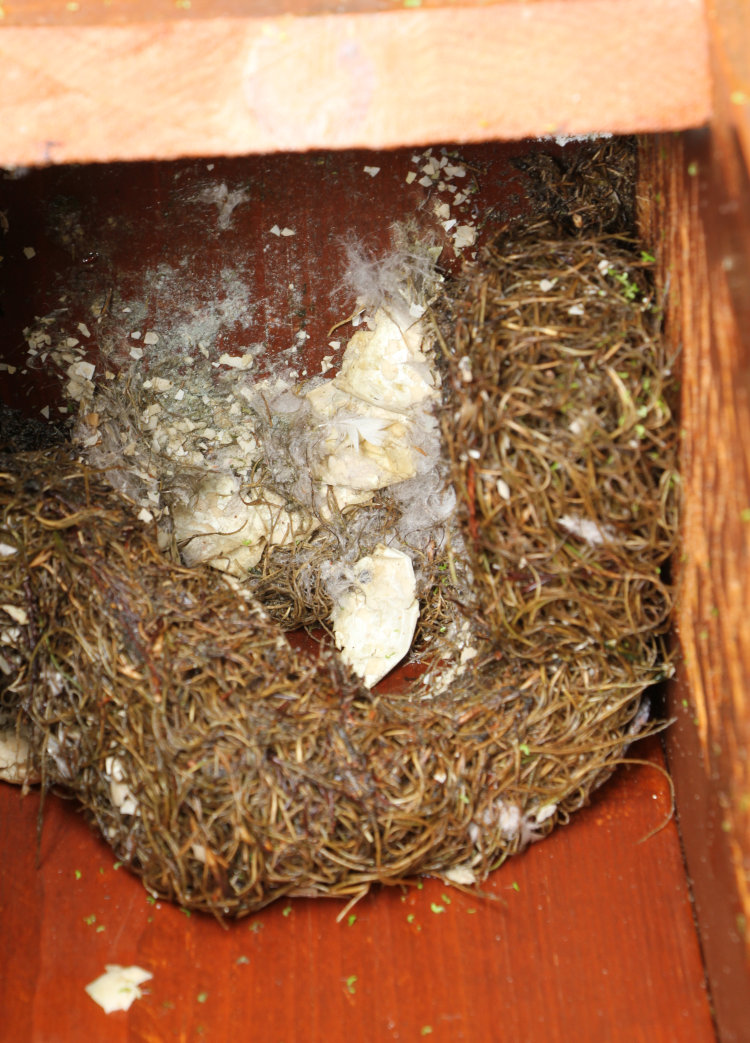
The box had flooded in the pond and had to be drained out to get in onto the kayak, so some of the nest material likely flowed out with the water, but enough remained to demonstrate that it did serve its purpose at least once; there were a lot of eggshells in there. The Spanish moss is what I initially put in to encourage the females that this was suitable, and I was surprised to see that not much appeared to have been added to it, though again, maybe it washed out.
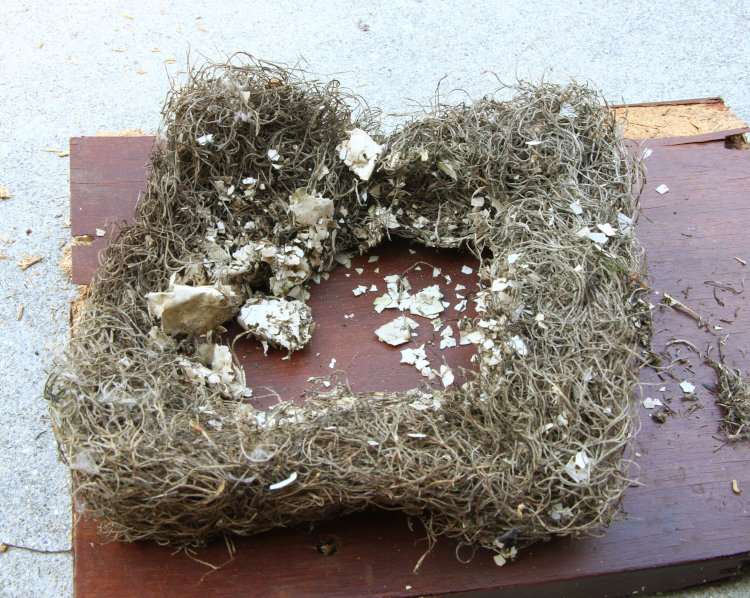
She (perhaps ‘they’) clearly pushed things around into a circle at least, and a few feathers were in evidence, but nothing like what i expected. And no, I’m not going to try and piece those shells together to determine how many eggs there actually were.
This time, I found some solid cedar planks, actually fence slats I believe, and used those for the roof – again, heavily stained/sealed, though I’m no longer very sold on the efficacy of the sealant, but the solid cedar should be up to the job for a few years at least.
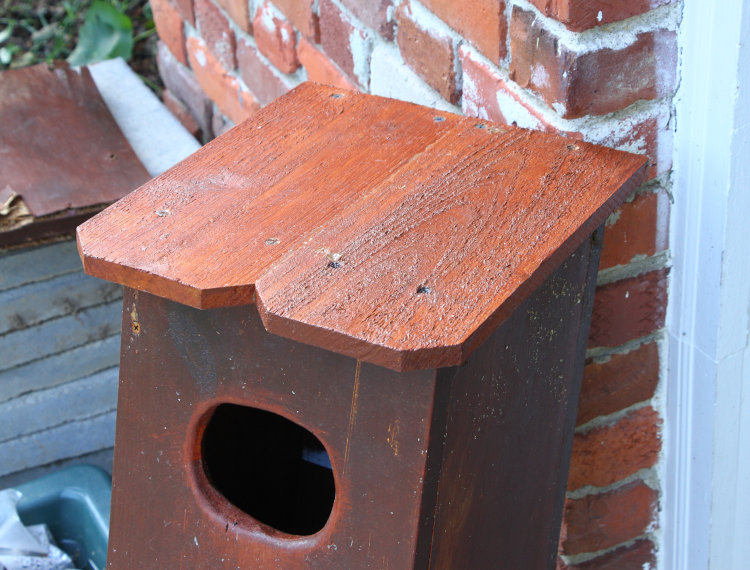
They were stained before assembly, and glued along all seams. But then I added another layer for protection:
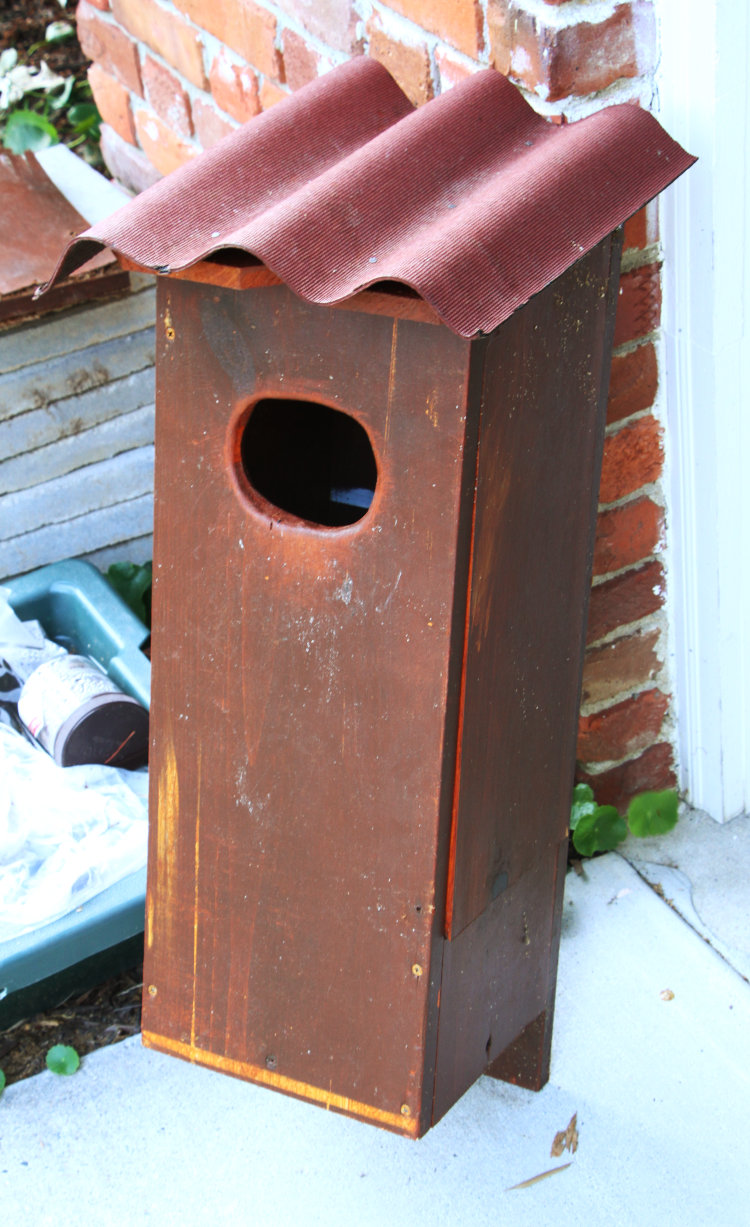
I’m not even sure what this stuff is, but it was on the roof of a shelter found back on the island and appears to have been there for a few years, with the wood underneath in great shape; some kind of corrugated tarpaper material, it seems. Overlapping the roof edges as it is, it should deflect the majority of water/snow/ice away from the roof and box. And I changed how the box was hung, as well.
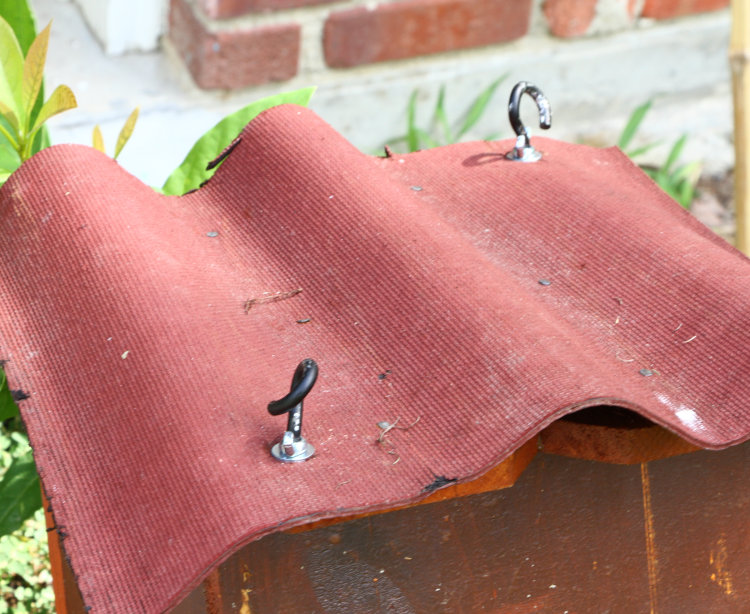
We bought a couple of heavy-duty eye hooks, bent to allow them to hang over the cable because it was still intact on the tree and I didn’t feel like unbolting and rebolting it. The wingnuts beneath the hook (unfortunately edge-on here) can be tightened by hand after the box was hanging and would orient to help close the gap that remained, though the box would have to achieve some pretty wild gyrations to free the cable from the hooks.
And we tripled the amount of Spanish moss as initial bedding:
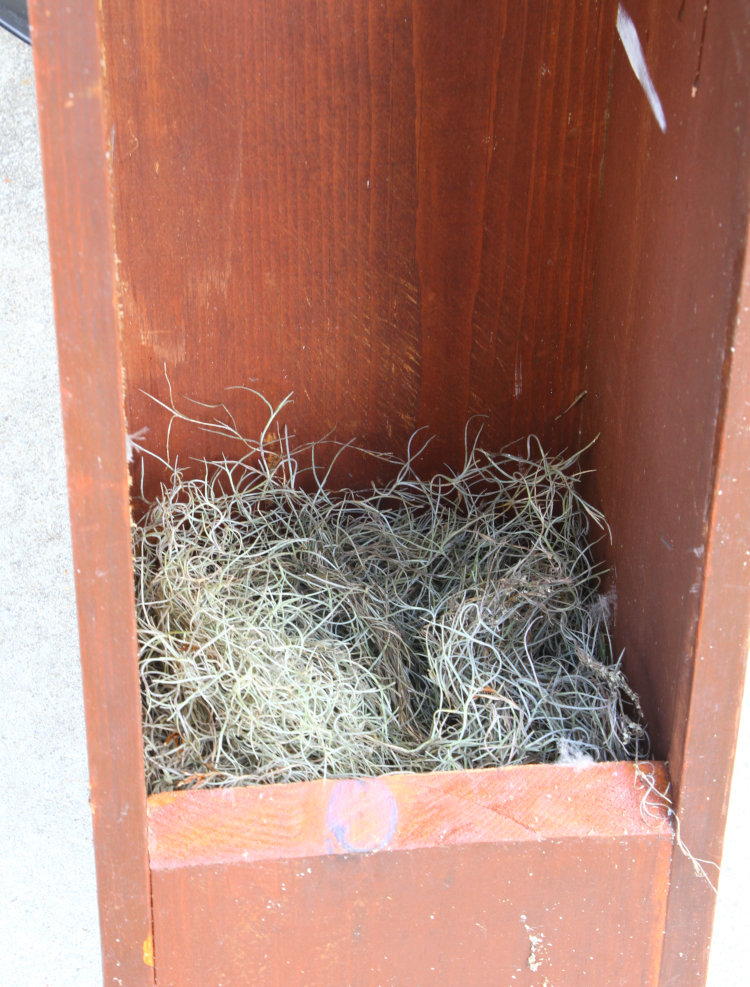
You can’t see how deep the hollow is in this pic, but the moss is like 10cm deep.
And so, with all that done and the horrendous rainstorm past, yesterday was the day to rehang it. We did it the same way as before, which was to extend a ladder from the pond bank out onto a kayak to serve as a scaffold, and I marched (in a very loose interpretation of that word) out along the ladder to this floating platform to hang the box. While there, I also added some rubber sheathing to the cable to prevent it from damaging the branch that it wrapped around.
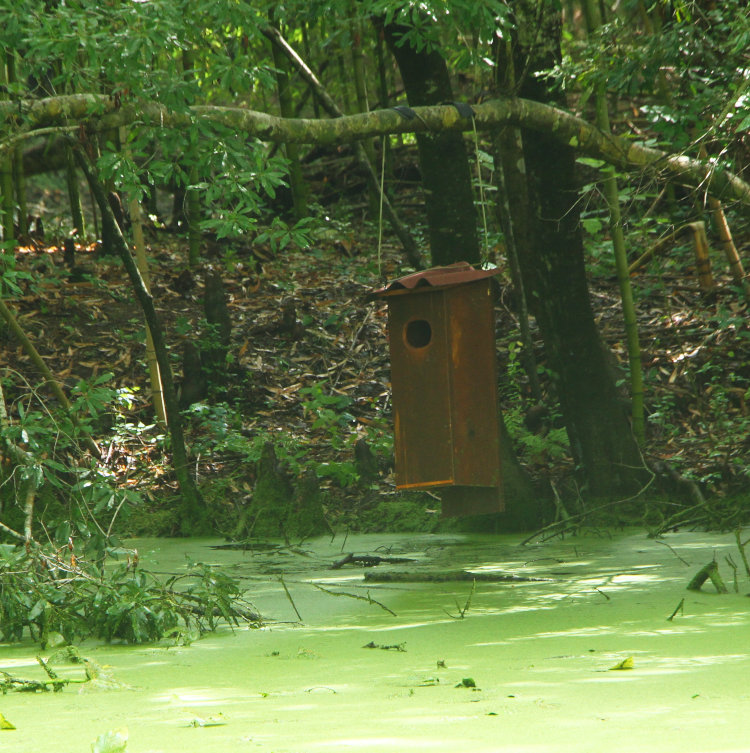
We were pleased to note that no predators seemed to have found the nest box, without even squirrels bothering it, even though ideally, it should be on a post in the water that has a predator skirt underneath (mostly for snakes.) Driving the post was a conundrum that I tackled in my mind several times over before finally settling on hanging the box instead, and so far it’s been okay; this is not to say that we won’t have to revisit this in the future.
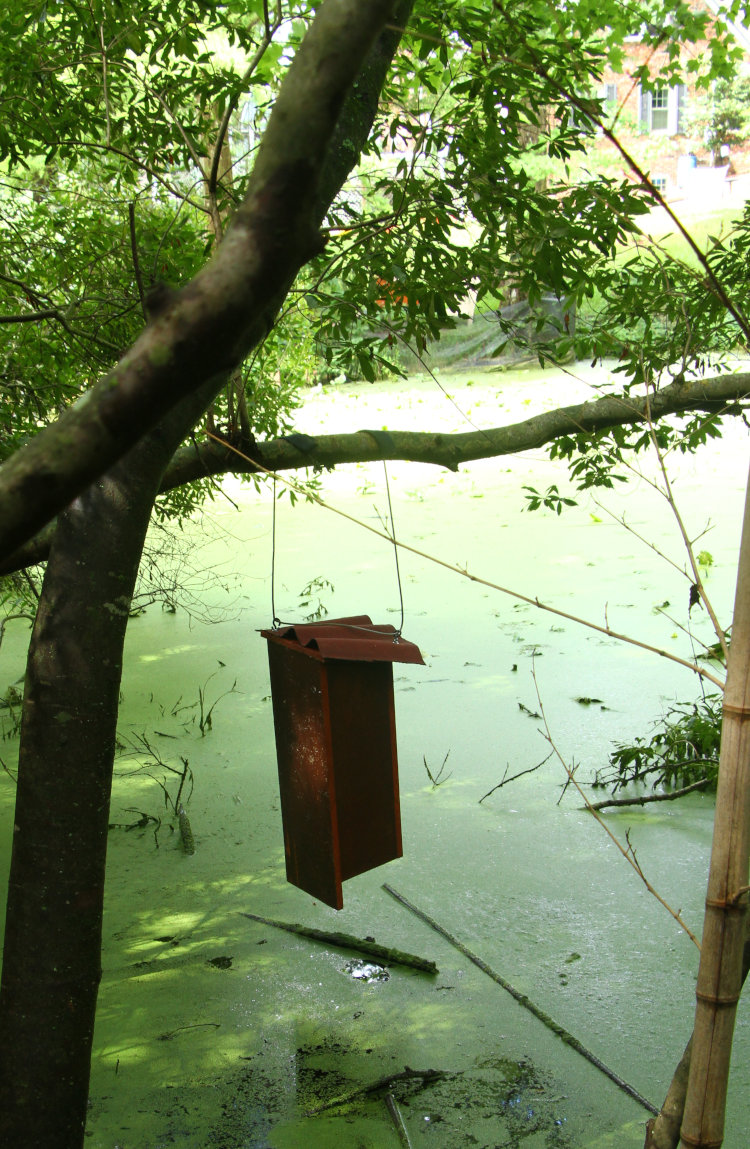
And since, at this latitude, wood ducks might actually have a second nesting season, it was kind of important that it go up soon; it awaits them if they are so inclined. Meanwhile, we get glimpses of the various broods of ducklings that visit the property now and then, though decent pics or video are elusive – you’ll see more shortly.
[Again, that’s not algae on the pond, but ridiculously prolific duckweed, as well as several trunks/stalks of fallen bamboo, of which we have far too much. But you can see Stately Walkabout Manor Plus in the background…]
